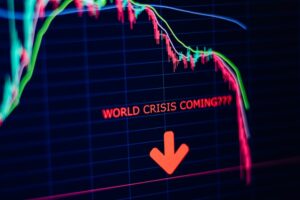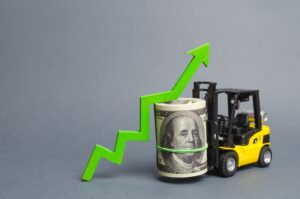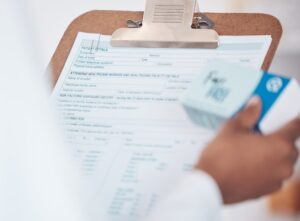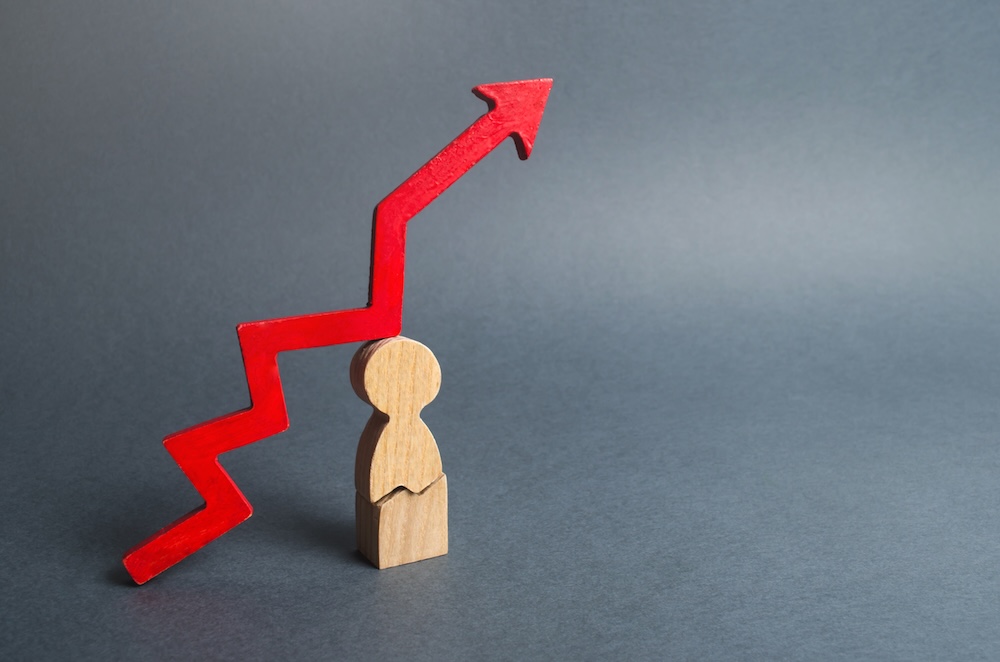In April 2025, U.S. consumer confidence fell to its lowest point since 2020, according to the Conference Board’s Consumer Confidence Index. The index dropped sharply to 94.7, down from 102.4 in March — marking a steep and sudden dip in public sentiment.
This isn’t just a psychological shift. Confidence — or the lack of it — has real-world consequences. It influences how people spend, save, invest, and borrow. And when people start pulling back out of fear, it often becomes a self-fulfilling prophecy: less spending leads to slower growth, job cuts, and even more anxiety.
That’s why this drop in consumer confidence is a red flag worth paying attention to. Understanding what it means — and what you can do — is the key to staying financially prepared in uncertain times.
What the Data Says — and What It Means
According to the April 2025 release from the Conference Board, three big signals emerged:
- The Consumer Confidence Index dropped to 94.7 — the lowest in nearly five years.
- 48.5% of consumers expect stock prices to decline over the next 12 months, the highest pessimism rate since October 2011.
- Inflation expectations rose to 7%, the highest level since November 2022.
These fears are not unfounded. Americans are feeling the pinch from multiple angles:
- New tariffs on foreign goods are raising prices across electronics, home goods, and food.
- Interest rates remain high, with the Federal Reserve keeping rates steady to fight inflation.
- The stock market has been volatile, with many major indices flirting with bear market territory.
- And 2025 is an election year, bringing policy uncertainty into the mix.
When consumers expect things to get worse, they pull back. And that affects every corner of the economy — from big-box retail to small businesses.
Why Consumer Confidence Impacts Your Finances
It’s easy to dismiss confidence numbers as economic fluff. But they’re often predictive indicators of what’s to come.
Low consumer confidence leads to:
- Lower household spending
- Delayed major purchases (homes, cars, appliances)
- More cautious investing behavior
- Increased personal savings out of fear
This, in turn, triggers business slowdowns:
- Companies may pause hiring, rescind job offers, or reduce hours
- Retailers might raise prices to offset lower volume
- Service providers may cut back or close locations
In past cycles, a sharp drop in confidence often preceded economic slowdowns — including the 2008 recession and 2020’s pandemic shock. It’s not a guarantee, but it’s a warning signal worth heeding.
The Ripple Effects of Economic Anxiety
Even if you haven’t lost your job or seen prices spike in your area, low confidence has a way of creeping into your day-to-day:
- Price sensitivity increases: You might find yourself hesitating over purchases you’d usually make without a second thought.
- Sales and promotions dwindle: Businesses try to preserve margins in uncertain times.
- Access to credit tightens: Banks become more risk-averse and raise lending standards.
- Retirement portfolios shrink: Volatile markets and pessimism hit 401(k)s and IRAs.
- Debt dependence grows: Some households lean harder on credit cards to maintain “normal” spending.
These small shifts, over time, can lead to lasting damage — especially if they’re not addressed early.
How to Financially Prepare While Confidence Is Low
The best response to uncertainty isn’t panic — it’s preparation. Here are six steps you can take now to strengthen your financial footing:
1. Boost Your Emergency Fund
- If you haven’t already, aim for 3–6 months’ worth of essential expenses in a high-yield savings account.
- Liquidity matters more than growth right now. Avoid tying emergency money up in stocks or CDs.
2. Pay Down High-Interest Debt
- As of Q2 2025, average credit card APRs are over 20%.
- Focus on reducing your balance aggressively, starting with the highest-interest accounts.
- Consider balance transfer offers if you qualify.
3. Reconsider Big Purchases
- Electronics, vehicles, and furniture may see further price hikes from tariffs and inflation.
- If you can wait, you might see discounts or better financing terms later in the year.
4. Rework Your Budget
- Track your spending for 30–60 days.
- Look for rising costs in groceries, transportation, or utilities — and find ways to cut.
- Tools like You Need a Budget, Mint, or Monarch can help.
5. Rebalance Your Investment Portfolio
- Don’t panic sell — but be mindful of your asset allocation.
- If retirement is near, reduce exposure to high-volatility stocks.
- Stay diversified and consider “defensive” sectors like utilities, healthcare, and consumer staples.
6. Stay Employment-Ready
- Update your résumé and LinkedIn profile.
- Build relationships with former colleagues or mentors.
- Watch for signs of instability at work — hiring freezes, fewer meetings, or tighter budgets.
How Confidence Rebounds — and What to Watch For
Confidence typically bounces back when:
- Inflation slows down
- The Fed lowers interest rates
- The job market remains strong
- Market volatility eases
- Political direction becomes clearer post-election
Key indicators to watch:
- Monthly jobs reports (BLS.gov)
- Federal Reserve meeting notes
- Stock market earnings reports
- Consumer inflation indexes (CPI/PPI)
When confidence rises, spending and investment follow. Those who prepared during the downturn are often best positioned to take advantage of the upswing.
Stay Realistic, Not Reactive
Consumer confidence is one of those invisible forces that shapes the world around us. You can’t control the economy — but you can control your response to it.
When sentiment drops, it’s time to get serious about:
- Spending with intention
- Saving for volatility
- Managing risk with care
Fear doesn’t have to win. The key is to stay aware, stay flexible, and stay calm. Because even in uncertain times, financial resilience is something you can build — one smart decision at a time.
